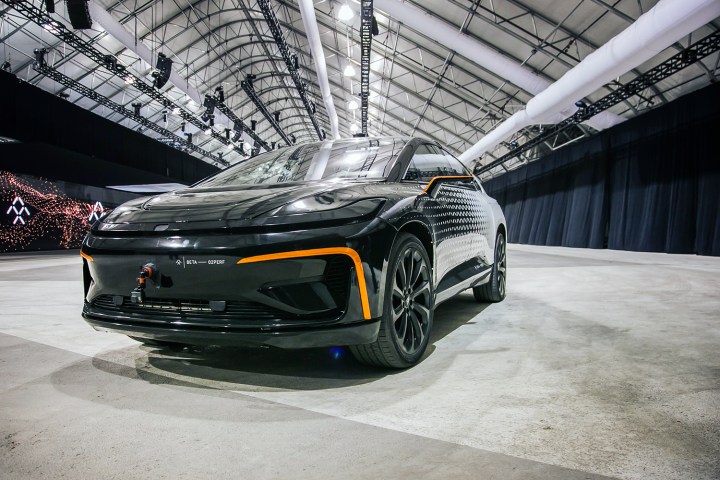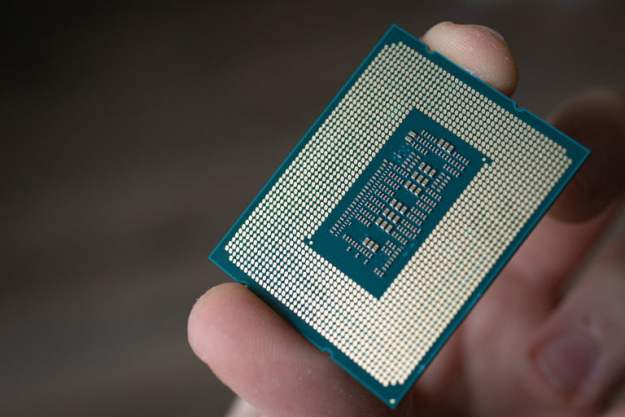
Faraday has secured a new factory site in California, about 200 miles from its Los Angeles-area headquarters. It’s a 55-year-old former Pirelli tire factory in Hanford. Now known as the Hanford Business Park, it has been vacant since 2001, according to The Verge. On August 5, more than 300 Faraday employees went to the site for a welcoming ceremony. Some employees even painted the Faraday logo on the building.
The automaker broke ground on the now-defunct Nevada factory last year, but things have gone downhill since then. Work was temporarily stopped last fall after disputes with the lead contractor over payments. In the meantime, Faraday backer LeEco’s financial health deteriorated. A week before Faraday put the Nevada factory on indefinite hold, a Chinese court froze $182 million of LeEco boss Jia Yueting’s assets.
Last week, The Wall Street Journal reported that Faraday had secured a $14 million rescue loan from New York investment firm Innovatus Capital Partners. Faraday put up its headquarters as collateral for the loan. The company will likely need to find a more secure source of long-term funding outside LeEco in order to stay afloat. Faraday retains ownership of the Nevada factory site, and may return to it in the future.
Faraday claims the Hanford Business Park factory will be 1 million square feet, about the same size as the factory it had planned to build in Nevada. The new site allows Faraday to occupy an existing factory rather than building one from the ground up, which should greatly speed up the process of starting car production. Remember that Tesla didn’t start out by building a car factory, but rather by buying one from Toyota.
Faraday must complete the permitting process before it can begin converting the Hanford site into a factory, as well as wait for some tenants to move out. The company expects activity at the site to ramp up in early 2018. Faraday expects to employ 1,300 people on three shifts when the factory is fully operational. But the company has a long way to go before that happens.
Updated: Faraday Future reached out to Digital Trends clarifying that it retains ownership of the original Nevada factory site.
Editors' Recommendations
- Mercedes’ electric eSprinter isn’t just greener, it’s better
- The Ford Mustang Mach-E isn’t just getting cheaper, it’s getting better
- Here’s why people are saying two-factor authentication isn’t perfect
- Mario Kart 9 isn’t happening yet, but 8 is getting new DLC
- Samsung isn’t launching a new Exynos chip on November 19 after all


